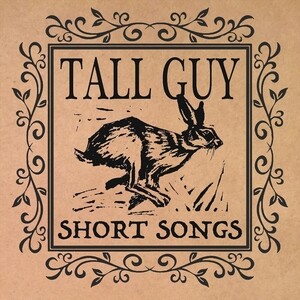
Backtracking a bit to 1848, a man named John Marshall found gold flakes in a stream in California, thus beginning the California Gold Rush. finally abandoned the gold standard to be entirely based on fiat money. government passed the Coinage Act, placing the country on a bi-metallic silver-gold standard, which stood in one form or another until 1976, when the U.S. gold coin was struck by a goldsmith named Ephraim Brasher and a few years later in 1792 the infant U.S. By 1284, about one hundred years later, Great Britain issued its first gold coin, the Florin while across Europe in modern day Italy, the Republic of Florence issued the first gold Ducat, which soon became the most popular gold currency in the world and remained so for another five centuries. With the new coin-based-system of currency came the establishment of the familiar “pounds,” “shillings” and “pence” with pounds being literally a pound of sterling silver. A little over a thousand years later, in 1066 AD, William the Conqueror of Normandy became the first Norman King of England, and with his conquest began a new metallic coin-based-system of currency in England. This is where the gold chemical symbol of Au comes from to represent gold on the periodic table of elements. In 50 BC the Romans began issuing a gold coin called the Aureus, which comes from the Latin word for gold, Aurum. Egyptians also began experimenting at this time with a casting method called lost-wax casting in which a duplicate gold sculpture is cast from an original wax sculpture, a process that can be used to create wonderfully-intricate sculptures, so much so that it is also still used to this day.Ī couple hundred years later, in Lydia, a kingdom in Asia Minor, the first minting of pure gold coins began around 560 BC.

A few centuries later, around 1200 BC, the Egyptians discovered they could alloy gold with other metals in order to make it stronger and give it different color pigments. It was also around this time that the Babylonians discovered a method called the fire assay, one of the most effective ways to test gold purity, which is still used to this day. It was made from a naturally occurring alloy called electrum which was about two-thirds gold and one-third silver.

This was until around 1500 BC when the ancient empire of Egypt, which benefited greatly from its gold-bearing region, Nubia, made gold the first official medium of exchange for international trade.Įgypt created what was called the Shekel, a coin which weighed 11.3 grams, and became the standard unit of measure in the Middle East. Gold was generally used for a couple thousand years solely to create things such as jewelry and idols for worship. The known history of gold goes back a long way, so far back that, according to the National Mining Association, it was first used by cultures in modern day Eastern Europe in 4000 BC to make decorative objects. People most likely first discovered gold in streams and rivers all over the world with its beauty and luster catching the eye.
#Thousands of years later download series#
With all of that said, this series of blog posts on gold will seek to explain why it is such a precious metal, by giving a history, discussing its properties, the mining and production process, the uses for gold, the top gold producing countries and lastly explain its role as a traded commodity. Many currencies around the world used to be backed by gold until recently and, although the gold standard is long since abandoned, gold is still very effectively used as a safe haven asset in times of economic turmoil to preserve wealth. Gold is also one of the few commodities that can also be thought of as a currency or monetary asset. It is so malleable, in fact, that it can be rolled thin enough to let light pass through it. It is a good conductor of electricity, it does not tarnish or oxidize, and it is extremely malleable allowing it to be worked with, pounded and shaped without breaking. Not only does gold’s natural beauty make it so mysteriously precious, but it may also be the most useful metal in the world. It has been a symbol of beauty, power, purity and accomplishment since its discovery. From the very beginning, something about gold attracted civilizations all over the world without those civilizations ever having made contact with each other. They were separated by a vast ocean, did not have a common language, culture or customs, yet the one thing that they did have in common was their insatiable appetite for gold.


They had never interacted with each other. When Hernán Cortes, the famous Spanish Conquistador, first came to the New World in the 16 th century, he and his men encountered indigenous civilizations that had been established there for millennia.


 0 kommentar(er)
0 kommentar(er)
